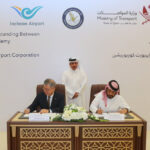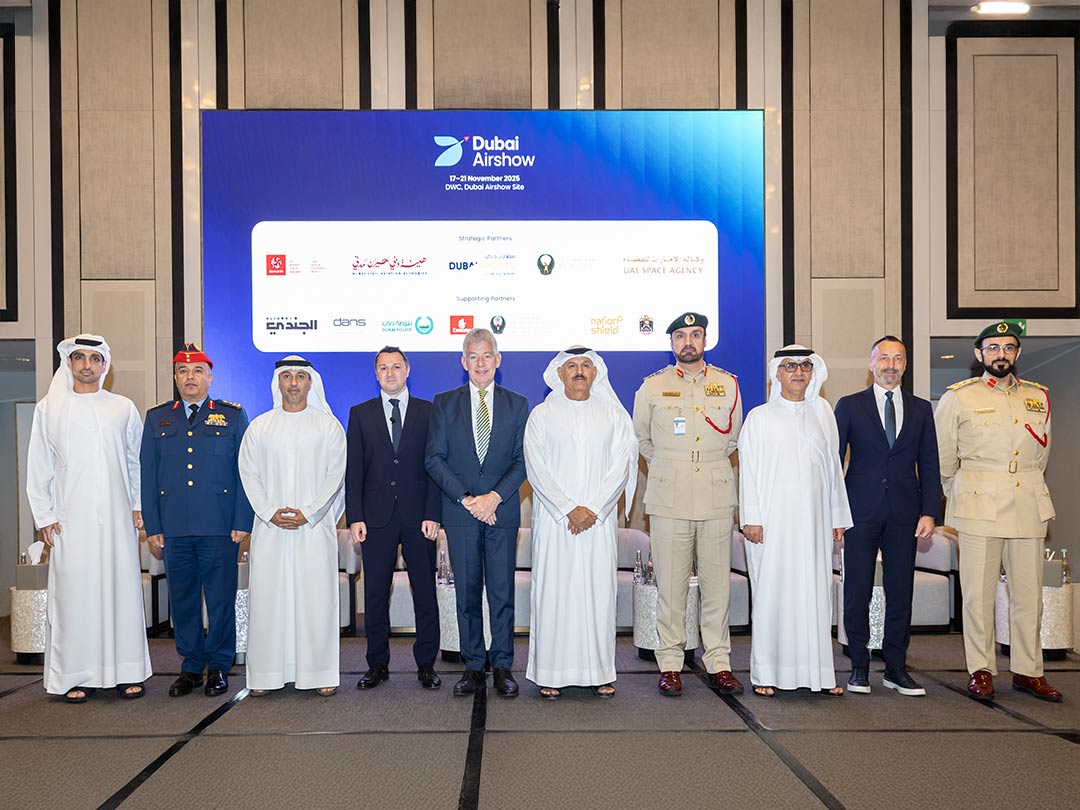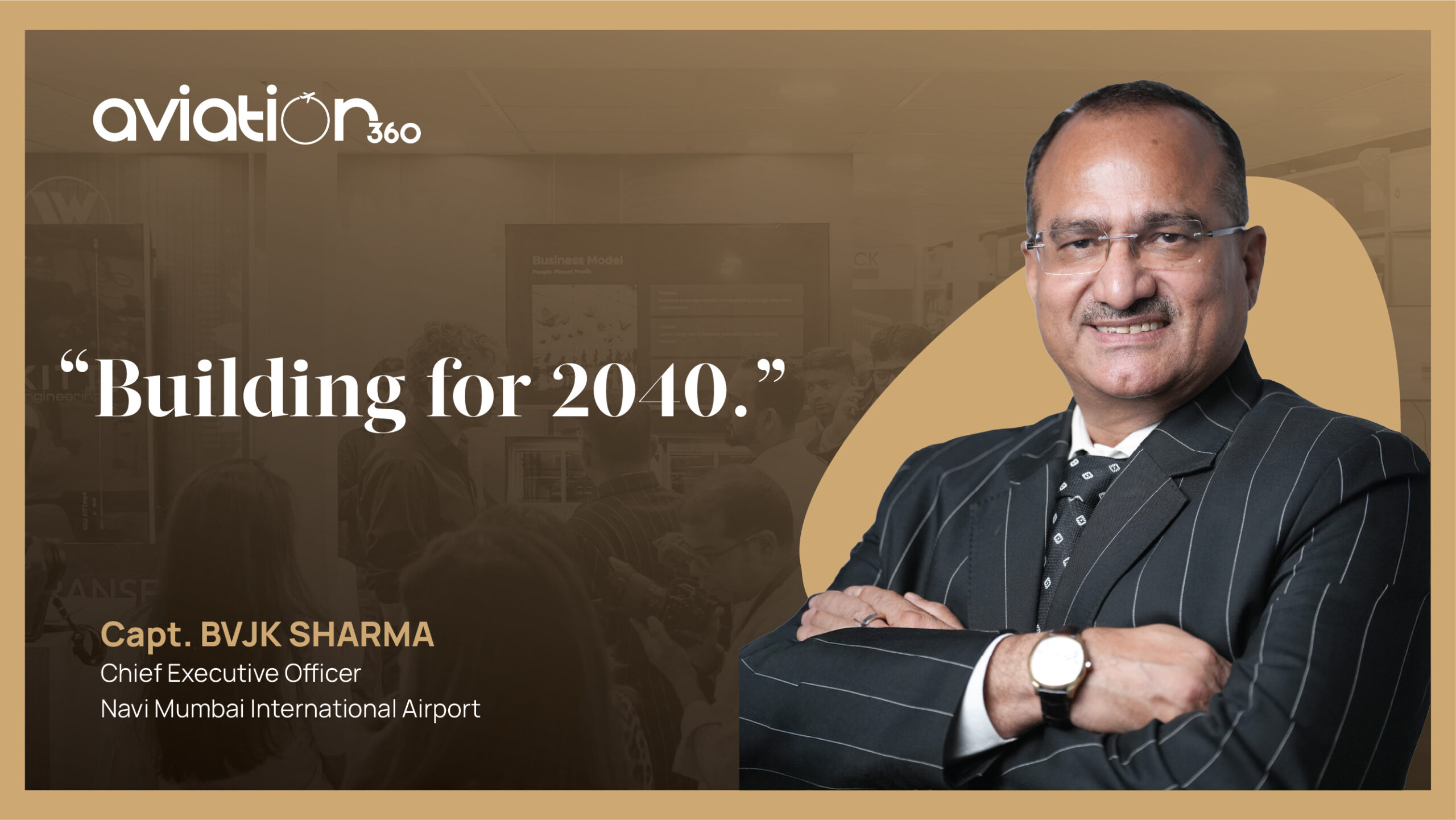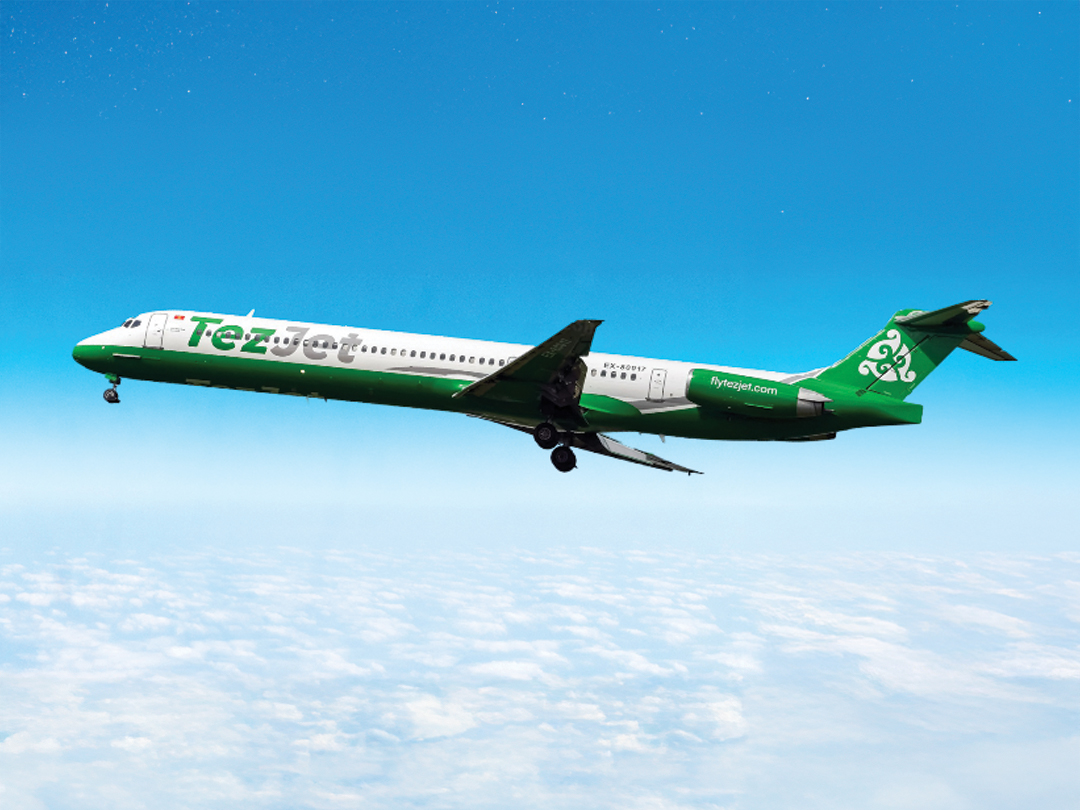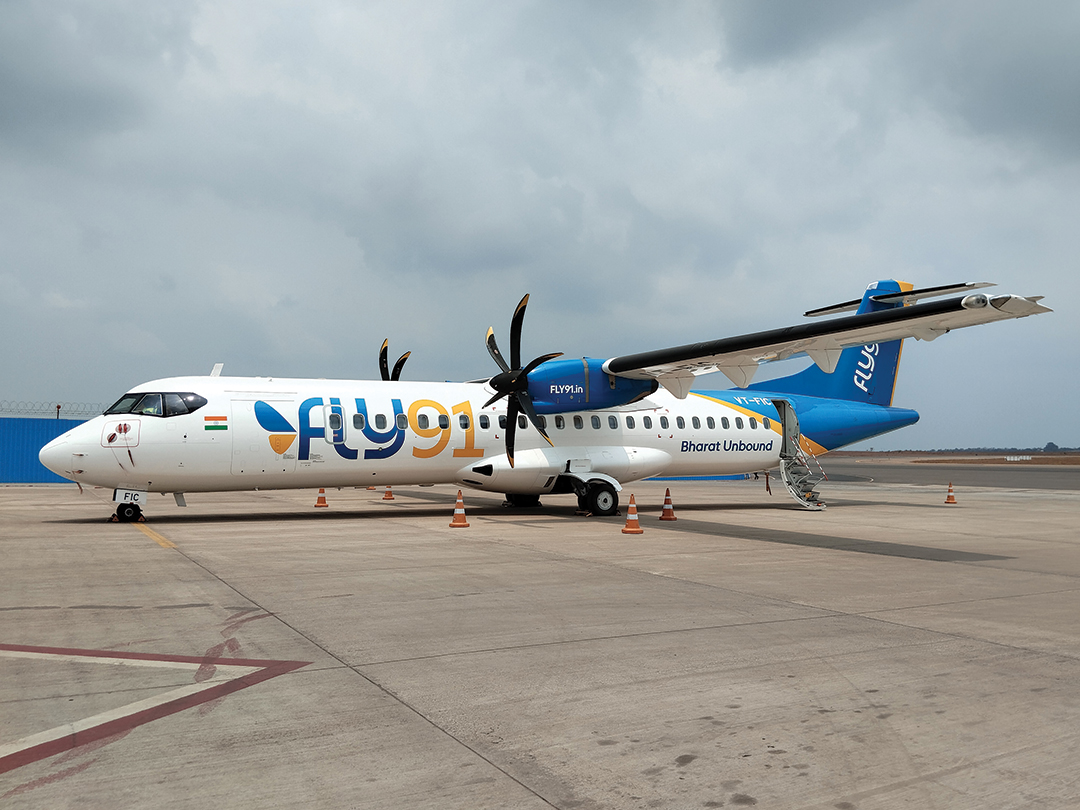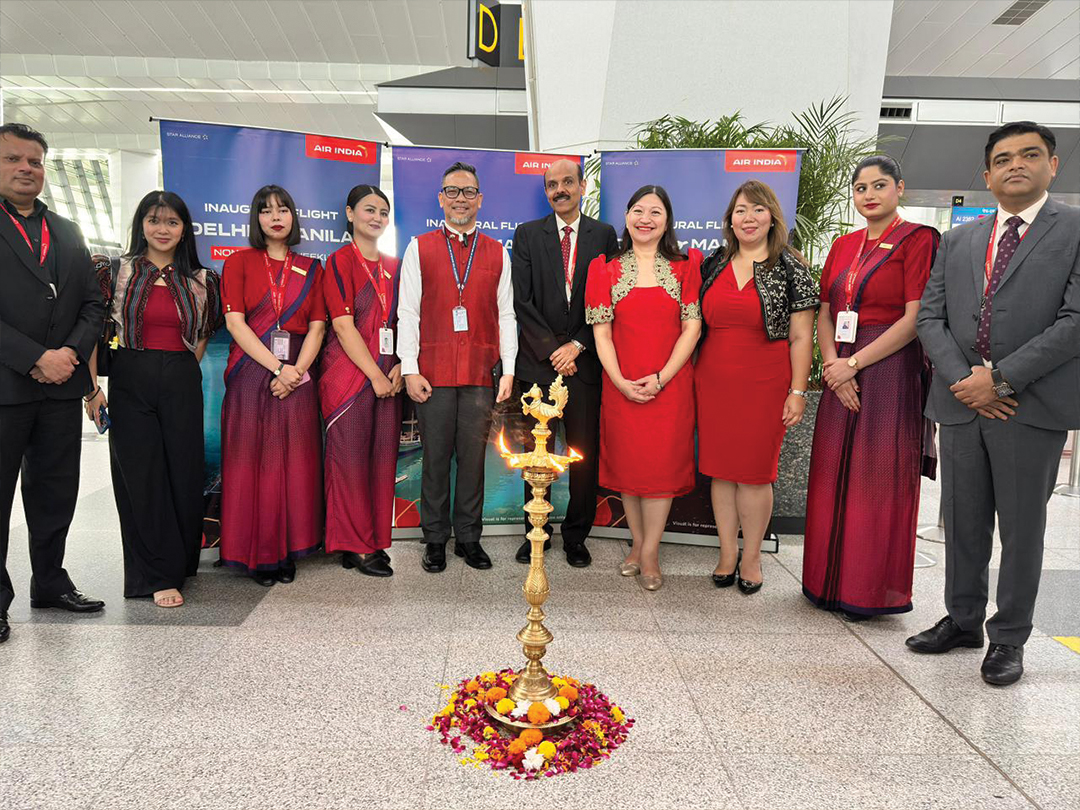Data trails in the Sky: Keyvan aviation’s leading role in aviation intelligence

Megha Mary Mathews, Editor of Aviation 360, delves into the strategic vision behind Keyvan Aviation regional initiatives alongside CEO & Founder, Mr Mehmet Keyvan.
1. Given your extensive background in the field of aviation, could you please share your vision to propelling a new era in aviation through Keyvan Aviation?
With nearly two decades of experience in the aviation industry and having young team members inside our organisation, I believe that Keyvan Aviation is already playing a significant role in the data requirement of the aviation industry because we are certified by EASA for aeronautical and navigation database This certification demonstrates our commitment to providing data to the avionic manufactures which at the end after the conversion by avionic manufacturer data will be used by flight management systems those are installed in the aircraft. This is not the limit of our company. However, our vision extends beyond the traditional use of data in Flight Management Systems. We firmly believe that the value of our data goes beyond navigation.
The accuracy of the data meets the highest level of expectations and standards because It helps to navigate aircraft from point A to point B but this data is very valuable. This data could be used to manage aerospace. This data can be used to plan a better operation for sustainable operation. And also, to reduce the risk and cost of being the greener aviation. So, the concept of green aviation which is discussed in a different continent, especially in Europe. This is the same as looking for the NetZero goal not just by sustainable fuel. It could be started by taking advantage of the current data availability which is accurate, trustable, usable, and available at a lower cost. But the value seems to be missed.
What our company is doing is showing the value of the data using this huge potential to create and offer safe, sustainable, and more advanced flight preparation and operations for the stakeholders which could be airlines, airports, authorities, or decision-makers in the aviation industry. I believe this has already started and will continue in the future with AI power tools and a huge number of data lines that are already analysed and monitored and saved in our data centres.
2. Keyvan lends support to government VIP flights, military operations, rescue, and humanitarian efforts by addressing flight planning and navigation data requirements. What have been the most significant challenges you’ve encountered in this realm?
When we talk about a governmental VIP flight or any other type of military, rescue, or humanitarian operation, we are referring to how sensitive and time-critical these operations are. Normally, scheduled flights are arranged weeks or months in advance, and everything is prepared for such a flight before it departs from the runway, so no one is in a hurry to make this flight happen. And all preparations are completed at the appropriate time in a cool, typical environment.
However, in the case of a government flight, military operations, or rescue, a decision must be made in a matter of seconds or minutes. In most cases, such as rescue and humanitarian operations, an action or operation must take place as soon as possible. There is no place for delay in such an operation, and timing is one of the most crucial factors. When time is valuable in this activity, we must ensure that the data is accurate, complete, and covered. Perhaps it occurs to you why the time and completeness or coverage of the data could be related; when you have some issues in some region of the world, or your country, as a result of earthquakes, or in other situations that require you to arrange a special flight. That might be a helicopter, aeroplane, or rescue flight, and if you don’t have data that displays all angles of your operation, you won’t be able to plan or design a safe, on-time, and efficient operation. Consider that you want to fly to a location where you do not have any information regarding the airport, runway, frequency, and so on. You must wait until this information is available to your flight crew before planning for takeoff, or you should take all risks and plan for a VFR flight, known as a visual flight. So, the best way to avoid the risk is to have more complete data so that you can ensure you are well-equipped to respond to all of the crew’s needs as quickly as possible.
What Keyvan Aviation already provides, in this case, is more comprehensive worldwide coverage. So, when you point your finger at any part of the world, you can see that our data covers that area. This implies you won’t lose time organizing your specific flight and won’t have to wait for such information. Because it is already in the database and has been supplied to our customers who have subscribed to our full global data and the level of the governmental bodies with access to particular zones and territories. This is crucial for their operations. They do not need to call us to obtain it because it is already there. 3. In what ways does Keyvan employ data analytics to provide sustainable
solutions for issues faced by airlines, airports, drone operators, and authorities?
Actually, the biggest issue in the aviation industry that airlines face is the operational time for each flight so the airline is the stakeholders who pay for all costs including fuel, maintenance, airframe engine, and also downtime of the aircraft. If operational time is readily used, the airline could make the operation more sustainable. We need to care about the world’s sustainability. Sustainability is not just about green operations or carbon emissions. This mission is about money, time and carbon as well. So when you look at the sustainability word in vocabulary you find out that sustainability is described with lots of items not just talking about the carbon. By considering all options and when you can reduce the operational time we are able to help the airline to first and most reduce the fuel consumption. By reducing fuel consumption means that If you look for green operations reducing the carbon footprint of an airline we succeed in reducing carbon generated by the aircraft operating for the airline for a specific flight. This we already reached as a goal. But more than this when their fuel consumption is reduced the cost of the flight and operation is reduced. The time of the airframe and engine is reduced, so as you can see, this is like a hall affected by a single-minute reduction in each flight . For large, medium or small airlines this is a significant change in the number of flights corresponding to the saving minute, so it is not that much easy that we talk in one minute.
When we are talking about airlines as the biggest stakeholder in the aviation industry, we also help airports. So, when we help the airline to reduce their operational time automatically we help the airport to increase their capacity, to reduce the waiting time. Increasing the capacity reduces the required investment for the future by managing to use the current surface in the best possible scenario. And make sure that the airport needs the carbon accreditation criteria, and a green operational area. This also helps to show how aviation is sustainable and green but when we talk about the drone operators this is quite separated from the current scenario. Because the drone operator’s advantage from our data is to manage the risk. The sky has a limit. The sky will become more crowded than roads in the near future. We have one sky that operates commercial flights, business jet flights, helicopters, military operations balloons, gliders, and ultralights and now we are talking about drones and UAVs. So, for drones and UAVs entering in the same sky at different levels, still could create a risk. Because they are in conjunction with the landing and take off and are in the same area with the helicopter operation, low-level flight operations.
Management of the drones that are operated by different companies also become a question mark and a significant issue in the near future. Having the data, design for the drone operations by considering available data for the helicopter operation, for the airport flight procedure which means commercial
and military aircraft help to reduce the risk of incident or accident and make the operations safer either inside the drone zone or together with other stakeholders like aircraft and helicopters and military operations. This is also the same with authority because each authority aims to have safe and sustainable operations. Once our data helps airlines, airports, and drone operators this automatically helps the authorities to reach their target for safe and sustainable operation in their authority zone.
4. Believing in the transformative power of data and the benefits derived from its analysis, how can the aviation industry leverage these new technologies to achieve sustainable aviation?
I am one of the believers and believe in the power of data in any industry. In the aviation industry it is more and more important. There is more data available in this industry than in others. We need to use this data to improve the operations. Still there are some issues between the stakeholders in the aviation industry in sharing their data. Our experiences show that most of the stakeholders in the aviation industry are not very keen on sharing their data with other industry players. This also creates little difficulty in managing this data chain. If we can manage this data chain we could reach a better position of analyzing data and making better decisions for operating aircrafts in safer and more sustainable environments. Consider that when I am talking about data chain in aviation, let’s back to the example or explanation earlier in this interview of how one minute could reduce operation consequences. If this one minute is managed by a collaboration of an airport, ATMNS, and airlines this makes all stakeholders happy and their operation is more sustainable, and at the end of the day you have happy passengers. Because part of this chain is a company that offers tickets to the passengers. When you reduce the cost you are able to give a better price to passengers as well. This data chain will allow the aviation community to benefit from this operation. If the airport is not sharing the data with the airline or the airline does not share the data with ATMNS or between other stakeholders, how can the data chain be successful in managing lots of data about the operation, delays, procedures, and relationship between aerospace and airport and planning for the better operation. This plays a key role in having the chain of the data. This is one of the important messages that I would like to give to the world of aviation. Because If we are looking to meet sustainable operations and since we are still almost 27 years behind the Netzero goal in 2050. We have two choices; seat and wait until 2050 to have sustainable fuel and present or sustainable operation just by having the fuel or instead of sitting start the action, and try to make a more sustainable flight by analyzing the hall data in the data chain, make sure that all angels and the bigger picture is reviewed and it is not just
talking about the one flight, It should be reviewed in hall flight to find out the gaps, issues to reduce the issues and obstacles, Make sure that every single flight becomes sustainable.
5. What sets Keyvan Aviation apart as a leader in data processes and quality checks?
There are just a few approved data providers worldwide, hence Keyvan Aviation is one of the few, approved by EASA and accepted by the FAA. That shows our approach is based on the required global standards and authority requirements for gathering, analyzing, and delivering final data to our customers. Aside from that, our internal quality system is set up to ensure that every single procedure is checked and monitored, and that any issues are instantly reported before releasing any single line of data to our customers. This allows us to ensure that data is delivered based on the required accuracy, completeness, and timeline to each customer, and stakeholder in the aviation industry while also meeting the expectations of component authorities. The data that we provide is critical and related to flight safety so we must ensure that what we are doing here is well noticed and notified by each team member in our organization. They are well aware of the company’s culture and the safety precautions that must be taken during data processing, from receiving original data from the states to delivery to customers. This has become a part of our internal culture, and we attempt to reinforce and discuss it with our team members on a daily basis to ensure that they completely understand and align with this expectation. They are prepared to play their roles with the highest level of quality and proficiency.
6. What plans does Keyvan Aviation have for the year 2024 and beyond?
As I mentioned before, we are a certified and approved data provider, but this is not enough for us. We aspire to play more roles and assist more companies and stakeholders in the aviation industry by leveraging the potential of the data we have. This is a significant improvement in the aviation industry. Taking advantage of the data means that you find out any single obstacle, stop point or issue during any operation, this could be an airline, private jet operation, ground handling operation either in authority, airports, drone and helicopter operators, government and military operation. So analyzing the data will support all stakeholders in better understanding and reviewing the data as well as planning for future operations. This is something that Keyvan Aviation looking to make happen started last year and will continue for 2024. Beyond ensuring that our data is constantly updated, and align with the requirements of the industry, try to be a little bit more advanced in our decision-making and planning because such a project for drone operators, such as
data chain and data coding, is a very unique project that we began before the authority issued the regulation. So we try to make our infrastructure available for any scenarios. We feel that drone operations began quite quickly; no one expected drones to appear that much and so quickly in the sky. Perhaps that time has become too late for all of us to take action. So we tried to start and prepare our infrastructure earlier than other stakeholders in order to ensure that our company is ready to respond to the needs of the market and stakeholders in UAV and drone operations. This shows how we are seriously following the establishment and future of aviation. We try to play a role in the success story of aviation. This is very critical to us since we want to make the most of our data rather than providing or selling it.
Subscribe to Our Newsletter
Keep in touch with our news & offers
Thank you for subscribing to the newsletter.
Oops. Something went wrong. Please try again later.


